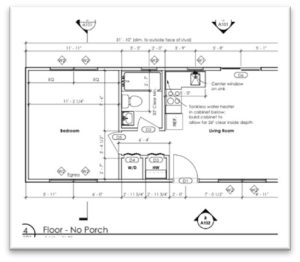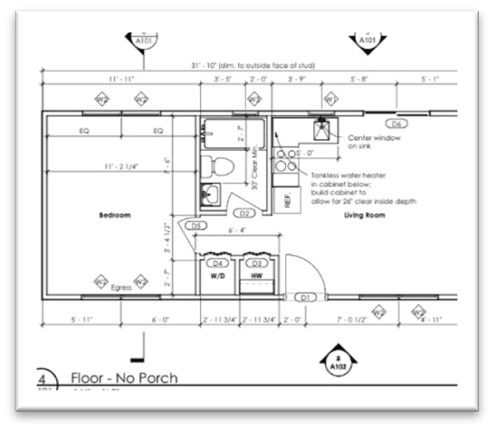If you live in a Homeowners Association (HOA) community, it is common for guidelines to be in place regarding the dimensions, materials, placement, and design of sheds. These restrictions are in place to maintain the appearance of the community and to ensure that buildings do not infringe on neighboring properties. Here are some of the typical regulations that may be enforced.
Shed Size and Restrictions

Navigating HOA and Zoning Requirements
- Maximum Footprint: HOAs may regulate the total square footage, dimensions, or a percentage of land coverage. For instance, your shed might be limited to 120 square feet, a 10’x16’ footprint, or no more than 1% of your total parcel.
- Maximum Height: Pay attention to the height restrictions for sidewalls and roofs. HOAs want to maintain uniformity and prevent towering structures.
Placement Consideration
Where you position your shed matters. Typically, there are rules regarding setback from property lines and visibility from the street.
- Setback Requirements: Your shed must adhere to specific distances from:
- Interior side property lines
- Street side property lines (especially on corner lots)
- Rear property lines
- Front Visibility: Most HOAs prohibit buildings from being visible from the front of your house. This ensures a neat and cohesive neighborhood appearance.
Materials and Appearance
Restrictions often focus on the building’s aesthetics. Consider the following:
- Roof Design: Most often the roof must be a A-Frame (Gable Style) or a Sloped Roof (Lean-to style) or Barn Style (Gambrel) is prohibited by most communities. Shingles are most often required; however, some allow a metal roof. The color should match that of the residence.
- Exterior Material: Usually, the walls must be the same or similar materials that are upon the home. If the siding on the home is lap or horizontal, then that may also be a requirement. Very few HOA’s allow metal or plastic structures.
- Color & Style: Typically, the shed color should match your home’s appearance. Coordinating wall, trim and shingle colors create visual harmony.
HOA Approvals
Most likely you’ll need HOA approval prior to purchasing your shed. Here’s what you might need to submit:
- Site Plan: A scaled drawing showing your lot, house (including the garage) and proposed shed location.
- Shed Images & Dimensions: Providing photos, drawings, materials list, and colors will all help get a faster HOA approval.
- City/County Permits: Every city/county has some type of permitting or zoning requirements. Some exempt sheds of a certain size from permitting. For example, 200 sq ft or less. Find out what they are so you don’t have issues to deal with after your building is in place. You should be able to obtain that information and forms online.
Conclusion
Navigating HOA rules regarding sheds and buildings requires diligence and adherence to guidelines. Before purchasing a shed, consult your specific HOA regulations. Shed Designs will provide you with information and graphics that will aid you in getting a timely approval. Remember that compliance ensures a harmonious neighborhood and protects property values.
Reach out to us if you have a question or would like to talk to one of our team members! 1-704-441-1735

